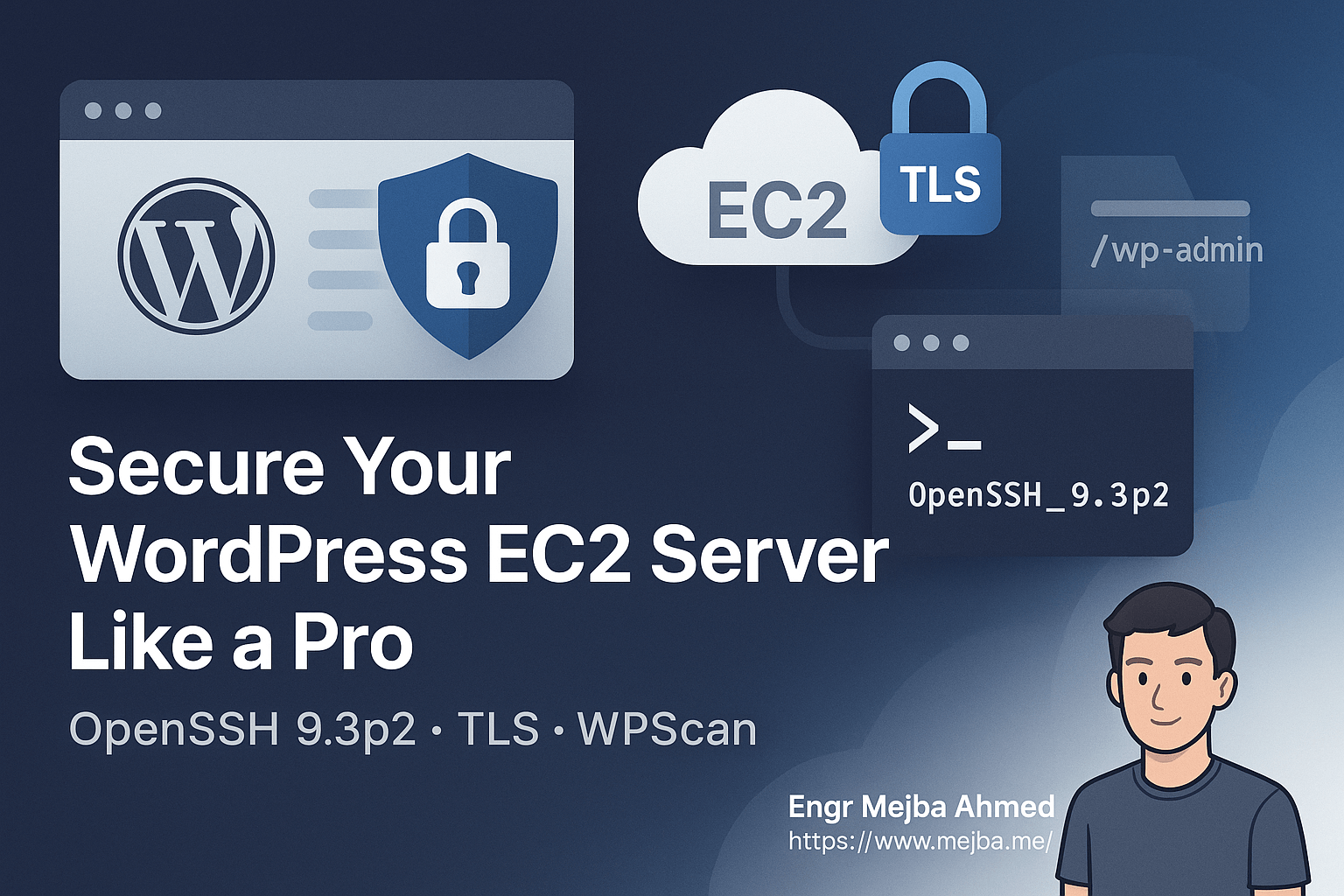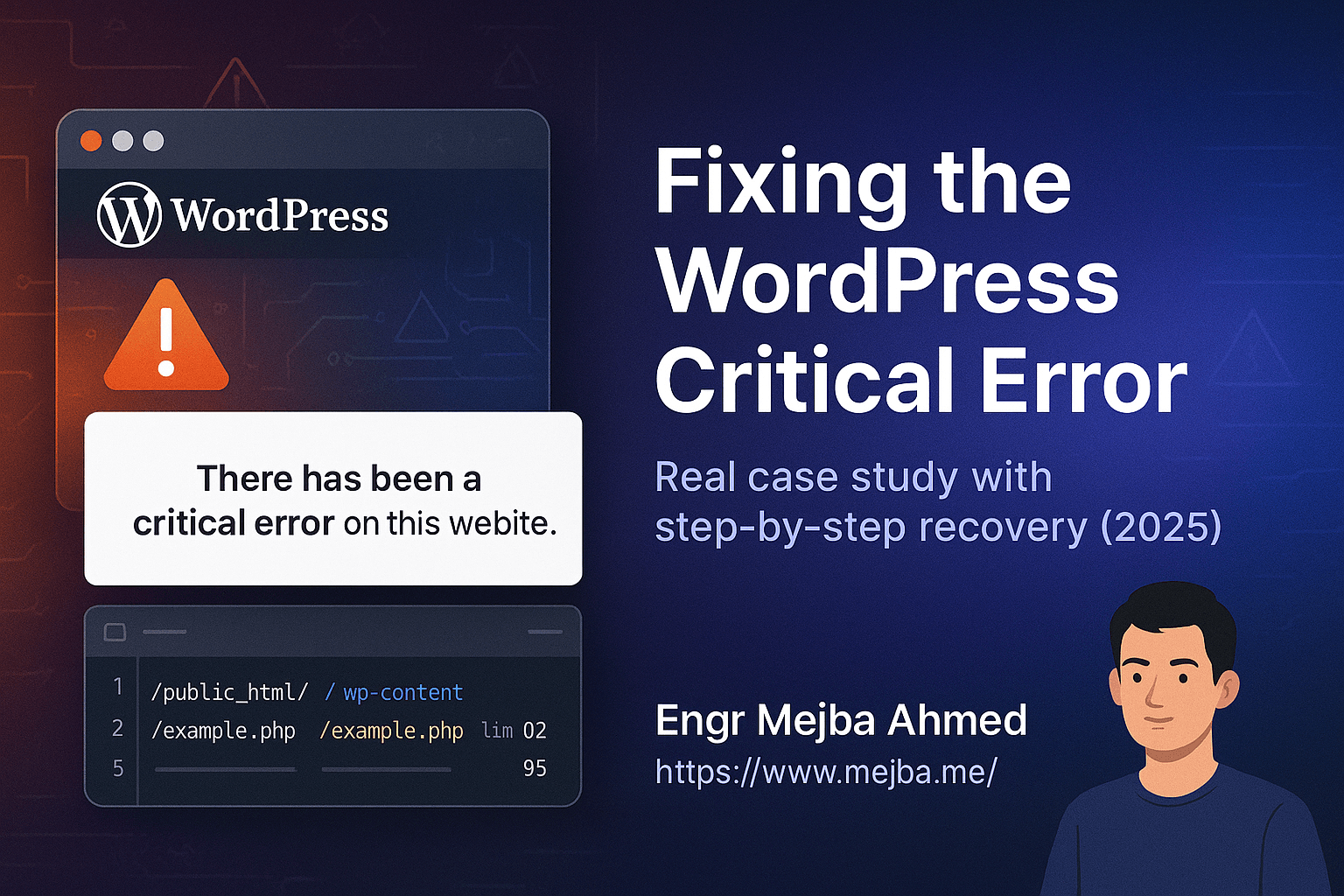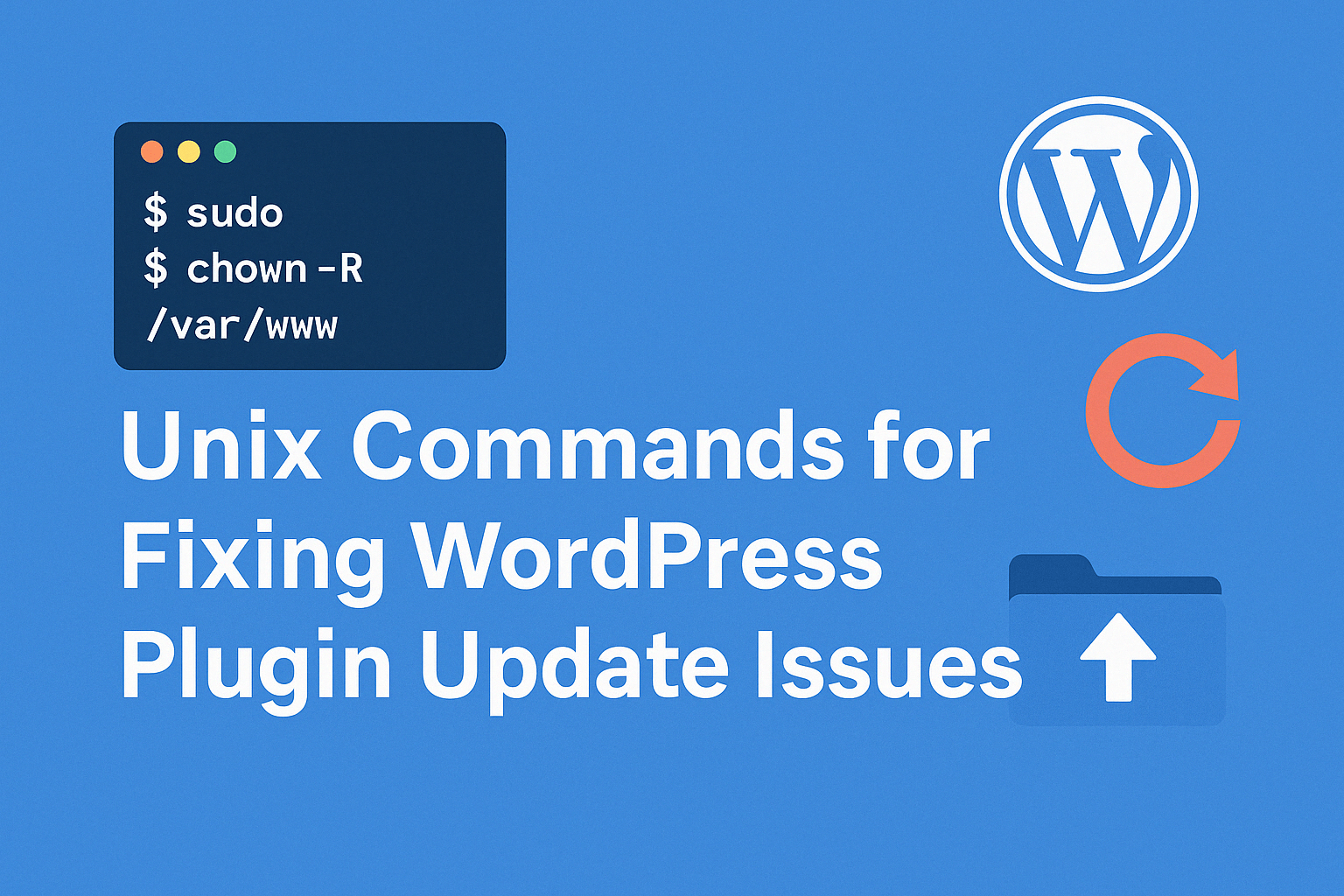Introduction: Why AI Assistants Are the Future of Work
The race to build smarter, more reliable AI assistants isn’t just for tech giants anymore. In 2025, small businesses, startups, and individual creators can develop high-performing AI tools tailored to their unique needs — without spending millions.
Whether it’s automating customer support, powering an internal knowledge base, or building a creative partner for content generation, AI assistants can now be custom-trained, fine-tuned, and integrated into workflows in just days.
The secret? A combination of precise system instructions, the right model configuration, and leveraging Playground tools to refine performance before going live.
This guide walks you through everything you need to know — from writing instructions your assistant actually follows, to setting up the perfect model, to using OpenAI’s Playground like a pro.
Step 1: Crafting System Instructions That Drive Behavior
System instructions are the blueprint for your AI assistant. They define personality, tone, limitations, and the way it processes user inputs.
Why They Matter
Without clear system instructions, your AI can:
- Drift off-topic
- Give inconsistent responses
- Misinterpret user intent
- Fail to match your brand voice
Best Practices
- Be explicit: Define the AI’s role, audience, and priorities.
- Set tone: Friendly, formal, technical — you decide.
- Outline do’s and don’ts: Prevent unwanted behaviors.
- Define scope: Keep focus on the assistant’s intended expertise.
Example:
You are "Harry", the EF AI Support Agent.
Goal: Help customers resolve activation and order issues.
Tone: Friendly, clear, and solution-oriented.
Rules: Never ask for unnecessary info. Always use verified data.
Step 2: Choosing the Right Model
Choosing your model is like picking the engine for your AI — it determines speed, capability, and cost.
Key Factors
- Complexity of tasks: Need deep reasoning? Use GPT-4o or GPT-4.
- Budget: GPT-4 costs more than GPT-4o-mini or GPT-3.5.
- Response time: For real-time chat, prioritize faster inference.
Example Use Cases:
- gpt-4o-mini → Fast, budget-friendly for quick support.
- gpt-4 → Deep reasoning and complex problem-solving.
- Fine-tuned models → Brand-specific tone and domain expertise.
Step 3: Configuring Model Parameters
Inside Playground, parameters control how your AI thinks and responds.
Temperature
Controls creativity:
- 0.0–0.3 → Factual, deterministic.
- 0.7+ → More creative and varied.
Top P
Controls diversity in word choice. Lower values = more predictable output.
Response Format
- text → Standard replies.
- json → Structured outputs for APIs.
Example Balanced Setup:
- Temperature:
0.5 - Top P:
0.8 - Max Tokens: Based on expected answer length
Step 4: Leveraging Playground for Iteration
The Playground is your testing lab before deployment.
Benefits
- Test ideas in real time
- Refine instructions easily
- Compare output variations
How to Use It
- Paste system instructions
- Add example queries
- Adjust parameters and re-run
- Save winning prompt setups
Step 5: Integrating File Search for Contextual Memory
Enable File Search so your AI can pull answers from your own documents.
Benefits:
- Grounded, factual answers
- Reduced risk of hallucinations
- Perfect for support, training, or knowledge base
Example: Upload product guides, FAQs, and policies so your AI references them directly.
Step 6: Adding Functions for Real-World Actions
Functions turn your AI into an active agent.
Examples:
- Fetch live order status from Shopify
- Schedule meetings
- Pull analytics data
How to Implement:
- Define functions in JSON schema
- Allow the AI to call them when needed
Step 7: Testing & Handling Objections Before Launch
Your AI should perform well even in worst-case scenarios.
Testing Checklist
- Try ambiguous queries
- Input incorrect data
- Test different tones and phrasing
Addressing Concerns
- Inaccuracy → Add more reference content
- Tone issues → Refine system instructions
- Slow replies → Use smaller, faster models
Quick Takeaways
- 🧠 System instructions shape your AI’s personality and focus
- ⚙️ Choose a model that fits your needs and budget
- 🔄 Refine performance in Playground before going live
- 📂 Enable File Search for brand-specific accuracy
- 🛠 Add functions for action-oriented capabilities
Call to Action
Ready to build an AI assistant as smart and reliable as your best team member? Start testing in Playground today — and if you want expert setup and tuning, get in touch.
FAQ
Q: Can I update my AI’s behavior later? Yes — update system instructions anytime without retraining.
Q: Do I need coding skills? Not for basic setup. API functions require light coding knowledge.
Q: Which model is best for customer support? For speed and cost efficiency, use gpt-4o-mini. For complex reasoning, use gpt-4.





